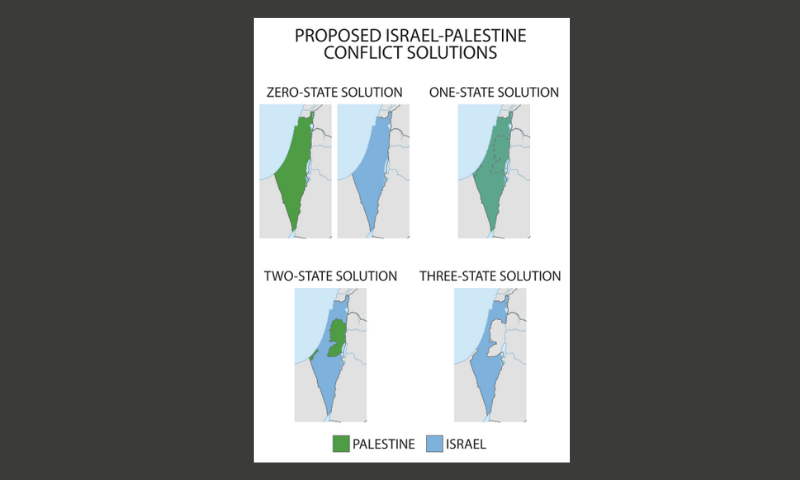Lazar Berman
Times of Israel, Jan. 26, 2024
“What’s interesting is how much of the language you’re hearing is signaling to the president’s very angry left flank, very angry Muslim and Arab supporters, that he’s not putting up with Bibi anymore, versus how much of it is real. There is a real divide between what he’s said and what he does.”
On the face of it, a dangerous fissure has emerged between the Biden and Netanyahu governments, one that could threaten Israel’s campaign to destroy Hamas if it gets any wider.
Though moderate disagreement was evident from the outset of the war, it seems more publicly strident recently, especially around the issue of a two-state solution.
US Secretary of State Antony Blinken’s visit to Israel two weeks ago felt less warm than the previous trips since October 7. He came with a list of demands on Israel, especially around the humanitarian situation in Gaza, few of which could be met.
Netanyahu’s office declined to issue a readout or photos after he met with Blinken, or after the war cabinet met with him, strong evidence that the conversations weren’t as friendly as the Israelis would have liked.
Every time he was in front of a microphone, Blinken stressed that the price of a prized normalization deal with Saudi Arabia had gone up. It can only happen, he said, if Israel agrees to a process that leads to “a pathway to a Palestinian state.”
… [To read the full article, click here]


